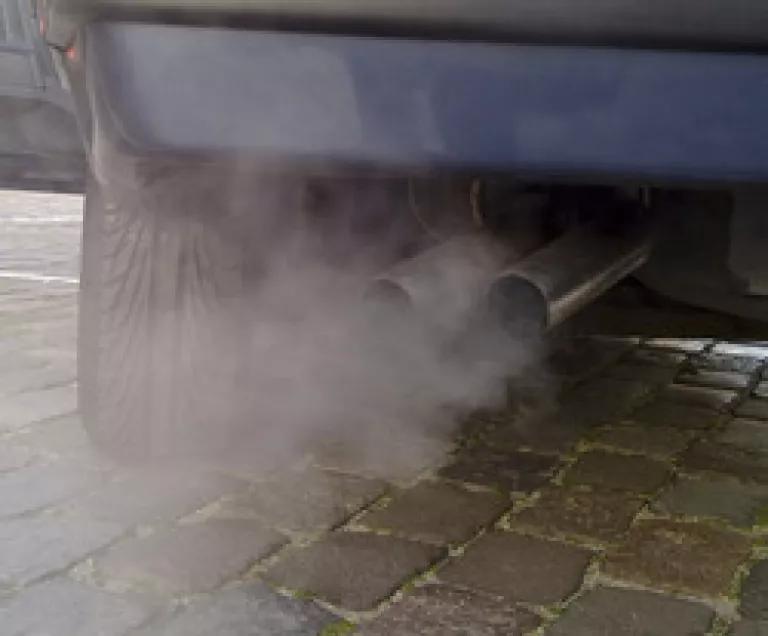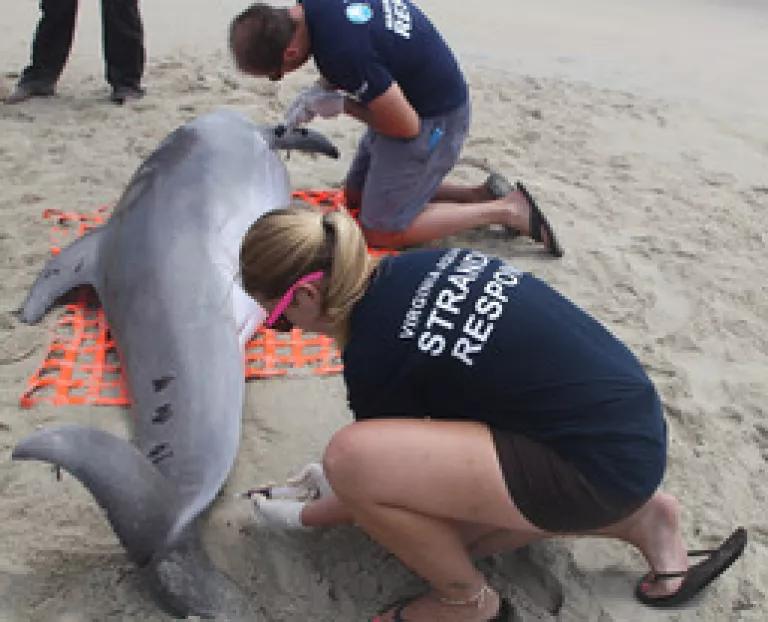Reason Takes a Holiday: Day 8: Daily Dings to our Health and Environment from the GOP's government shutdown

There's something happening here / What it is ain't exactly clear …
--Buffalo Springfield, “Something’s happening here”
As the government shutdown enters its second week with no end in sight, the stalemate continues to erode our health, safety, the environment and our economy. Just as the effects of a slow-acting toxin are not apparent at first, the shutdown’s impacts may not yet be fully evident, but the longer it goes on, the more damage will be caused and the more expensive it will be to restart programs.
The world’s largest repository of climate data, in North Carolina, is now dark and its daily information processing halted. Researchers probing the on-going crisis of large numbers of dolphins now dying along the East coast may lose data, and some labs analyzing the tissue samples are closed. The near-total shutdown of the Environmental Protection Agency—94 percent of the workforce furloughed—may expose more people to health risks because of the delay to important new standards to cut down on tailpipe pollution that has been linked to lung disease.
Climate Deniers Dream: Climate Science Goes Dark

The shutdown has achieved a climate denier’s dream. You don’t have to keep arguing that the science of climate change is unclear if there’s no science at all. Most, if not all, of those who work at National Climatic Data Center, the world’s largest archive of weather data, are furloughed and the center’s data-rich website is turned off. There’s no access to climate information usually provided, and frequently updated, on its website.
Located in Asheville, North Carolina, the climatic center usually gathers and posts a bevy of information in real time: storm data, hourly precipitation reports, world climate data, extreme weather data, local climatological data for 280 metropolitan areas in the United States and climatological data for every state.
It produces monthly climate summaries, an annual State of the Climate report, climate maps, and contributes to the annual National Climate Assessment, the country’s most comprehensive analysis of our changing climate. Its mission is to provide historical and up-to-the minute information about our climate to the public, businesses, industry, researchers and governments.
Shutdown forces EPA to hit the brakes on new tailpipe and gasoline emissions standards

The EPA in March released a draft of its newest standards to limit dangerous gasoline and automobile tailpipe emissions, known as Tier 3, and public comments closed in July. The EPA projected the safeguards would be final by the end of the year, but as the shutdown drags on, that timeline could be in jeopardy. This is bad news for our lungs. According to a recent MIT report, 200,000 premature deaths in 2005 were linked to fuel combustion emissions. The single-largest contributor to those deaths? On-road vehicle exhaust, the same type of pollution the Tier 3 standards are designed to address. A delay in the standards caused by the shutdown could unnecessarily expose Americans to health risks and billions of dollars in health-related costs.
Probe into massive dolphin die-off threatened by shutdown

Investigators, researchers and volunteers have spent much of the summer coping with a massive die-off of bottlenose dolphins along the mid-Atlantic coast. The so-called “Unusual Mortality Event,” one of the largest ever recorded in the U.S., has killed upwards of 600 of the sea mammals. It has been linked to a measles-like germ, the morbillivirus. However, the ongoing investigation into the cause and the extent of the outbreak is being threatened because the shutdown has furloughed many of the biologists and officials responsible for leading the probe at the National Oceanic and Atmospheric Administration’s (NOAA) Marine Mammal Health and Stranding program in Silver Spring, Md.
Out in the field, along the Virginia coast where stranding teams are struggling to collect, sample and preserve the dead and dying dolphins that are washing up on shore, the shutdown has already started to hamper operations and soon could cause real problems for researchers, according to a news report. Mark Swingle, director of Research and Conservation for the Virginia Aquarium and Marine Science Center, says many of the beaches where dolphins wash up are national seashores that are no longer patrolled by federal rangers, who usually are a key source of stranding reports. Many beached dolphins may now go undocumented, he says. Scientists are seeking to know what triggered the large number of deaths and whether human activity may be exacerbating the illness and contributing to the high mortality rate.
photo credit: National Climatic Data Center photo appears on www.CICSNC.org; dolphin photo credit nmfs.noaa.gov; auto exhaust courtesy wikipedia; Buffalo Springfield courtesy wikipedia;
